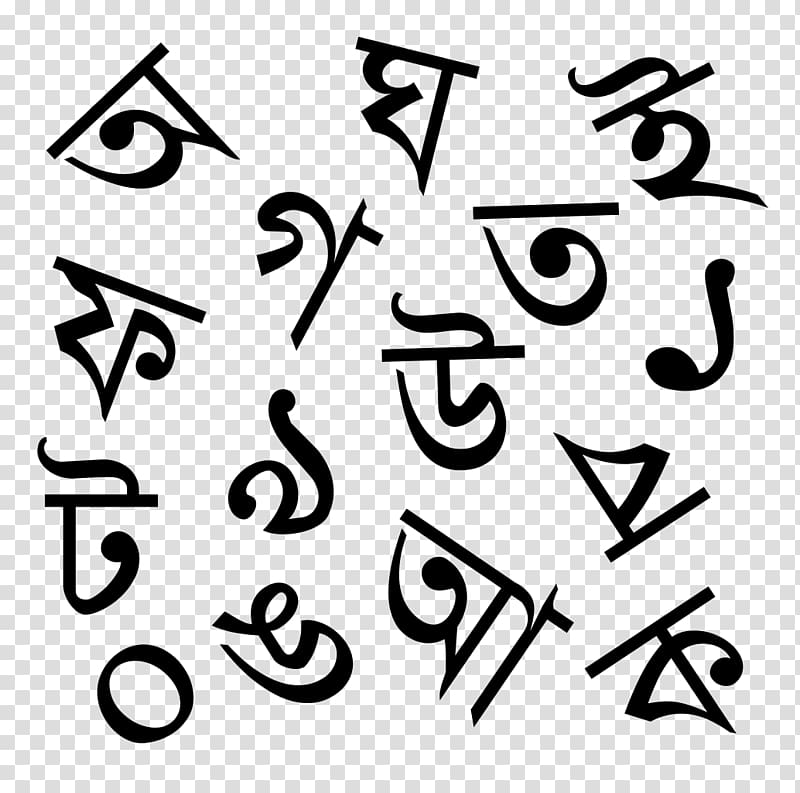
In 1999, UNESCO recognized 21 February as International Mother Language Day in recognition of the language movement in East Pakistan. In 1952, the Bengali Language Movement successfully pushed for the language's official status in the Dominion of Pakistan. Both the national anthems of Bangladesh (Amar Sonar Bangla) and India (Jana Gana Mana) were composed in Bengali. With over 210 million speakers, Bengali is the seventh most spoken native language in the world.īengali literature, with its millennium old history and folk heritage, has extensively developed since the Bengali renaissance and is one of the most prominent and diverse literary traditions in Asia. Today, Bengali is the primary language spoken in Bangladesh and the second most spoken language in India. Some conscious alterations were also made in the 19th century. By the 12th century CE the Bengali alphabet was nearly complete, although natural changes continued to take place until the 16th century.

Bengali script followed a different line of development from that of Devanagari and Oriyan scripts, but the characters of Bengali and Assamese scripts generally coincided. The Bengali script is derived from Brahmi, one of the two ancient Indian scripts, and particularly from the eastern variety of Brahmi. More recent studies suggest that the use of native and foreign words has been increasing, mainly because of the preference of Bengali speakers for the colloquial style. Dominant in the last group was Persian, which was also the source of some grammatical forms.

Dictionaries from the early 20th century attributed slightly more than half of the Bengali vocabulary to native words (i.e., naturally modified Sanskrit words, corrupted forms of Sanskrit words, and loanwords from non-Indo-European languages), about 45 percent to unmodified Sanskrit words, and the remainder to foreign words. It is the national and official language of the People's Republic of Bangladesh, and official language of several northeastern states of the Republic of India, including West Bengal, Tripura, Assam (Barak Valley) and Andaman and Nicobar Islands.Īlthough Bengali is an Indo-European language, it has been influenced by other language families prevalent in South Asia, notably the Dravidian, the Austroasiatic, and the Tibeto-Burman families, all of which contributed to Bengali vocabulary and provided the language with some structural forms. Bengali (/bɛŋˈɡɔːli/), also known by its endonym Bangla (/bɑːŋlɑː/ বাংলা ), is an Indo-Aryan language spoken in South Asia.


 0 kommentar(er)
0 kommentar(er)
